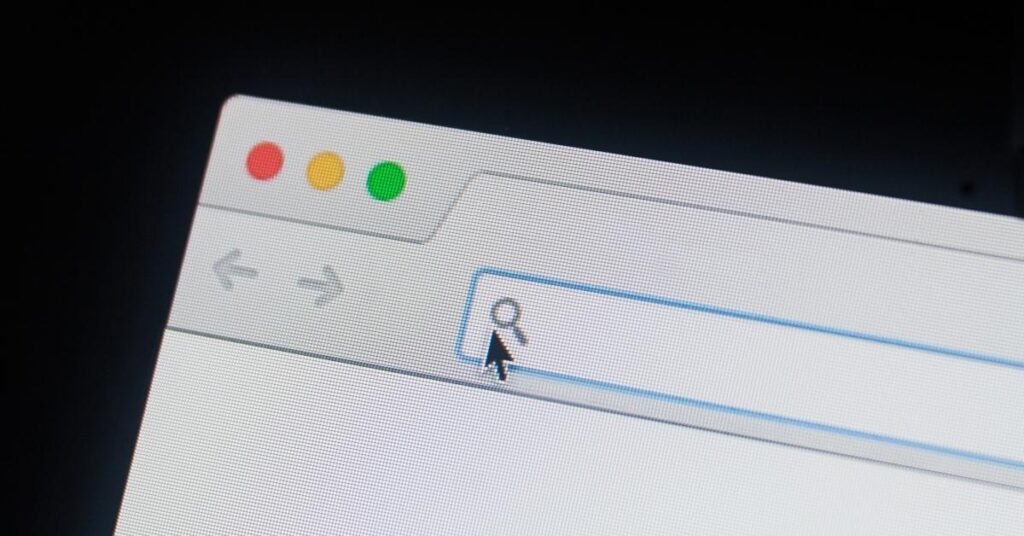The title tag of a website is a critical element of web design and search engine optimization (SEO). It plays a crucial role in informing both search engines and users about the content and purpose of a webpage. In this comprehensive guide, we will explore the title tag in detail, how it works, and its significance in SEO.

What is a Title Tag?
A title tag, often referred to simply as a “title,” is a fundamental HTML element that defines the title of a webpage. It is placed within the <head> section of an HTML document and is coded as follows:
<title>Webpage Title</title>
This tag is not visible on the webpage itself when viewed in a web browser but serves several vital functions:
- Search Engine Results Pages (SERPs): The title tag is used as the headline or title for a webpage when it appears in search engine results pages (SERPs). It is one of the first pieces of information that users see when they encounter your website in search results.
- Web Browsers: In web browsers, the title tag is displayed as the text in the browser’s title bar or tab, allowing users to easily identify and differentiate between open tabs when they have multiple webpages open.
- Social Sharing: When a webpage is shared on social media platforms such as Facebook or Twitter, the title tag is often used as the default title for the shared link. Social media platforms may also use it to display a webpage’s title when the link is posted.

How Title Tags Impact SEO
Title tags are a crucial element of on-page SEO. They significantly impact a website’s search engine rankings and click-through rates (CTR). Here’s how title tags influence SEO:
Keywords and Relevance
Title tags provide an opportunity to include relevant keywords related to the content of the webpage. Including target keywords in the title tag helps search engines understand the subject matter of the page. This, in turn, increases the likelihood of the webpage ranking for those keywords in search results.
For instance, if a webpage is about “Search Engine Optimization” and “SEO in Malaysia,” the title tag might look like this:
Search Engine Optimization – SEO Malaysia – Comma Creative
In this example, the keywords “Search Engine Optimization” and “SEO in Malaysia” are strategically placed in the title tag.
Click-Through Rate (CTR)
The title tag plays a vital role in attracting users’ attention and encouraging them to click on your link in search results. A well-crafted, informative, and engaging title can entice users to visit your website.
Branding and Consistency
The title tag often includes the name of your brand or company. This helps in building brand recognition and consistency across different platforms. A consistent brand presence in title tags can improve user trust and recognition.
Length and Characters
Google typically displays titles for up to 600 pixels, which roughly equates to about 50-60 characters. It’s important to keep your titles within this limit to ensure they are fully visible in search results. Additionally, it’s worth noting that the width of characters varies, with wider characters taking up more space. For example, “W” is wider than “I.”
User Experience
A well-optimised title tag not only benefits SEO but also enhances the user experience. It provides users with a clear and concise preview of what they can expect to find on your webpage, helping them make informed decisions about which search result to click on.

Where Title Tags are Displayed
Title tags are utilised in various contexts across the web, making them a versatile and essential element of web design and SEO.
1. Search Engine Results Pages (SERPs)
In the context of SERPs, the title tag serves as the primary headline for your webpage. It is the first piece of information users see about your page and plays a crucial role in their decision to click on your link or explore other results. A well-optimised title can improve your CTR and search ranking.
2. Web Browsers
Within web browsers, the title tag is displayed in the title bar or tab of the browser window. This allows users to easily identify and switch between open tabs, making their browsing experience more organized and user-friendly.
3. Social Networks
Many social media platforms, such as Facebook and Twitter, use the title tag as the default title when a webpage is shared as a link. This title is often accompanied by a snippet of the page’s content and an image. Optimizing your title tag for social sharing can improve the visibility and appeal of your shared links on these platforms.
4. Bookmarks and History
When users bookmark a webpage or view their browsing history, the title tag is displayed as the title of the saved bookmark or visited page. A clear and descriptive title can help users quickly identify and access their saved pages.
Summary
The title tag of a website is a vital component of web design and SEO. It serves multiple purposes, including informing users and search engines about a webpage’s content, improving search rankings, and enhancing the user experience. By optimising your title tags with relevant keywords, crafting engaging titles, and ensuring consistency across platforms, you can harness the power of this HTML element to boost your website’s visibility and click-through rates in search results and beyond.



